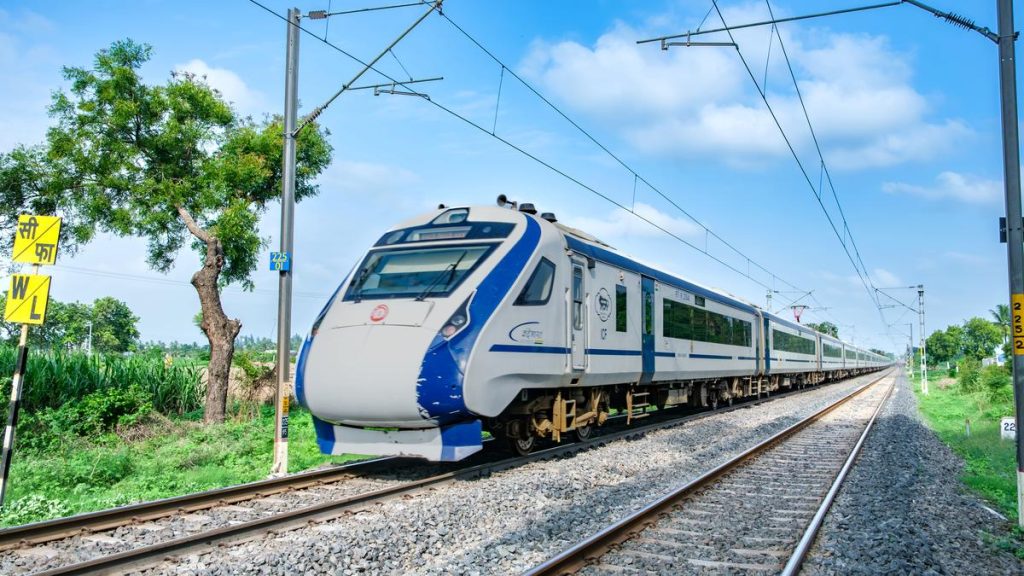Now Reading: SEP Panel Backs Two-Language Policy, Emphasizes Kannada or Mother Tongue in Schools
-
01
SEP Panel Backs Two-Language Policy, Emphasizes Kannada or Mother Tongue in Schools
SEP Panel Backs Two-Language Policy, Emphasizes Kannada or Mother Tongue in Schools
Quick Summary
- The Commission for State Education Policy (SEP) in Karnataka, chaired by Prof. Sukhadeo Thorat, has submitted a thorough report after a year-long delay.
- Key recommendations include:
– Mandatory use of kannada or the mother tongue as the medium of instruction until Class 5, and preferably up to Class 12.
– A shift from the current three-language policy to a two-language policy involving Kannada/mother tongue and English.
– Training teachers in bilingual methods and establishing a Language Teaching Center.
- Structural changes proposed:
– A new school structure: 2+8+4 model (2 years pre-primary, 8 years elementary, and 4 years secondary), diverging from NEP-2020’s existing structure of 5+3+3+4.
– Retention of small schools for equitable access and avoiding arbitrary closures.
- Early Childhood Care & Education (ECCE):
– Attach two-year pre-primary programs to primary schools under an integrated ECCE Council for governance across departments.
– Bring private preschools under regulatory frameworks.
- Standardization of minimum admission age at class I is recommended as six years ±3 months.
Indian Opinion Analysis
The SEP’s recommendations align with regionalist priorities by emphasizing Kannada/mother tongue-based education while proposing practical bilingual teaching support systems. This reflects an attempt to balance cultural preservation with global competency through English learning.
Adopting the two-language policy coudl streamline language learning but may face resistance given its departure from India’s widely established three-language norm. The proposed restructuring towards the “2+8+4” model might support early childhood integration better than NEP’s “5+3+3+4,” but its logistical execution will likely determine success.
Ensuring equity by retaining small schools demonstrates commendable intent towards fostering educational inclusivity. However,implementing robust regulatory oversight over private preschooling will require careful governance mechanisms given this sector’s rapid growth.
While grounded in extensive empirical data, these transformative recommendations will likely confront challenges concerning political consensus-building across stakeholders coupled with financial allocation needs for their effective execution.
For more details: Read More.
























